Project Delays Jeopardize West Kauaʻi Energy Project
Kauaʻi Island Utility Cooperative and its partner AES will discontinue active development of the flow-through hydroelectric portions of its West Kauaʻi Energy Project (WKEP) due to litigation-caused delays, project uncertainty, and cost increases.
KIUC will consider the feasibility of a scaled-back design including only the solar pumped storage hydro portion of the proposed renewable project, but that portion of the more than $250 million project is also at risk of cancellation. The fallback project would reduce power production by roughly 25% and eliminate water delivery for agriculture on lands owned by the Department of Hawaiian Home Lands (DHHL) and the Agribusiness Development Corporation (ADC). It would also significantly slow KIUC’s movement toward its goal of 100% renewable energy production by 2033.
Delays caused by lawsuits filed by Earthjustice have resulted in critical project deadlines being missed due to continued project uncertainty. The latest lawsuit, filed in February, challenges environmental approvals obtained for the project. Previously, Earthjustice filed a lawsuit challenging the Hawaiʻi Public Utility Commission’s approval of the purchase power agreement (PPA) related to the project.
WKEP has been studied and pursued by KIUC since 2012. It is being developed by AES, which will build and operate the project if the solar pumped storage hydro portion proceeds. Electricity produced by WKEP would be purchased by KIUC under the PPA. As originally proposed, WKEP would have used both flow-through and pumped storage hydro technology to bring KIUC to more than 80% renewable generation.
The flow-through portion of the project was dependent on diverting water from four streams in Kōkeʻe via a rehabilitated Kōkeʻe ditch irrigation system. KIUC committed to complete Phase 1 modifications to the diversions in accordance with the landmark 2017 Waimea Mediation Agreement (WMA). Those modifications at the Waiakōali, Kawaikōī, Kauaʻikinanā and Kōkeʻe intakes will be performed whether or not the WKEP project proceeds. However, Phase 2 diversion modifications will not be implemented.
Without the flow-through hydroelectric portion, development efforts will no longer include:
Rehabilitation of Puʻu Lua Reservoir, which was to provide additional storage for the project.
Rehabilitation of the Kōkeʻe Ditch System.
Delivery of water for irrigation and other purposes to users along the Kōkeʻe Ditch, including the Department of Hawaiian Homelands (Mauka Village, Mauka Pastoral tenants and Puʻu ʻŌpae tenants), ADC (Mauka and Mānā Plain tenants), and DLNR.
Whether or not the remaining solar pumped storage hydro portion of WKEP moves forward will depend on continued interest in participating in the project from DHHL and ADC, and financial feasibility based on cost increases as a result of changes in market conditions and the delayed implementation. In the reduced configuration, energy generation would be accomplished by utilizing solar to pump water uphill from Mānā Reservoir (located on ADC land) to Puʻu ʻŌpae Reservoir (located on DHHL land) during the day, allowing for controlled discharge downhill at night and during non-solar periods. A 20-megawatt powerhouse to be constructed at Mānā Reservoir would be the project’s primary generation source.
“While it’s unfortunate that the full potential of the environmental, social and economic benefits of WKEP will not be realized, we retain hope WKEP will still be an important piece of KIUC’s renewable portfolio,” said KIUC’s President and Chief Executive Officer, David Bissell.
